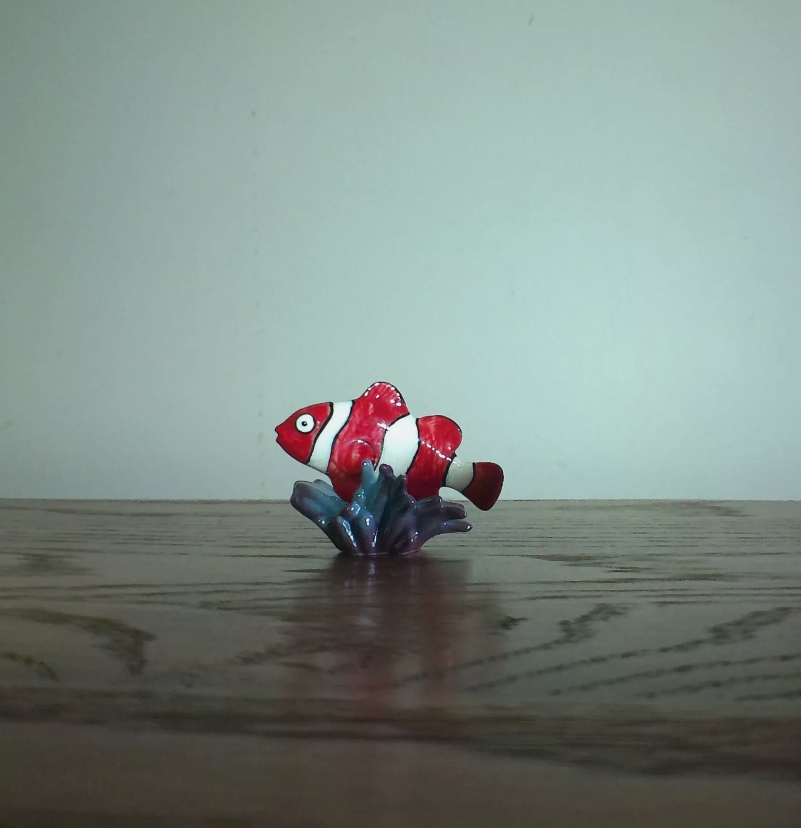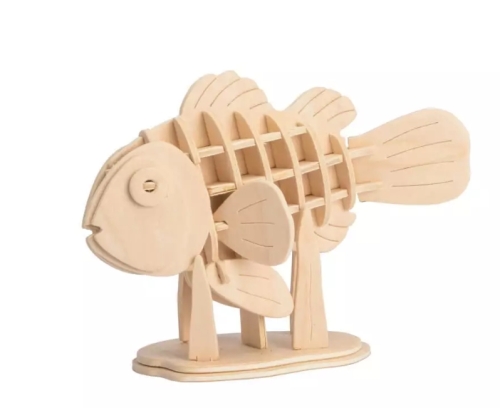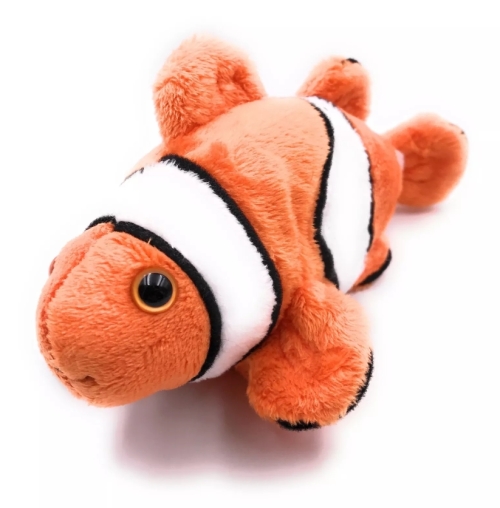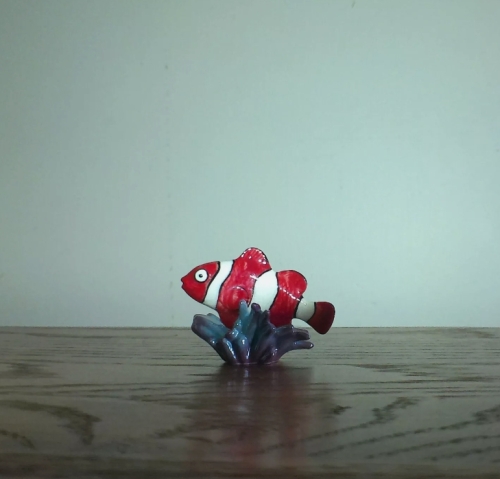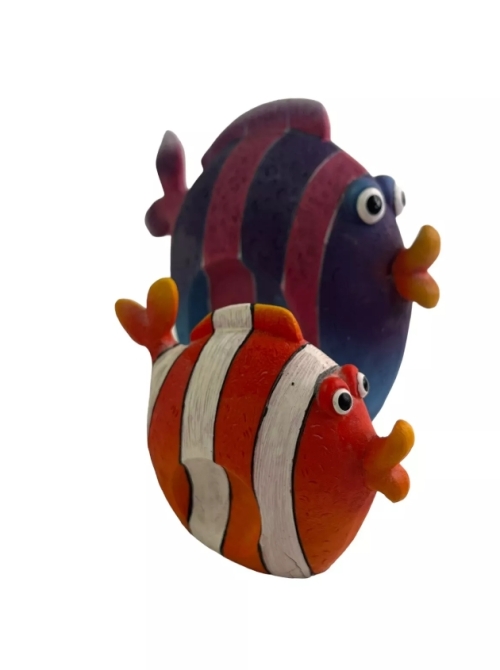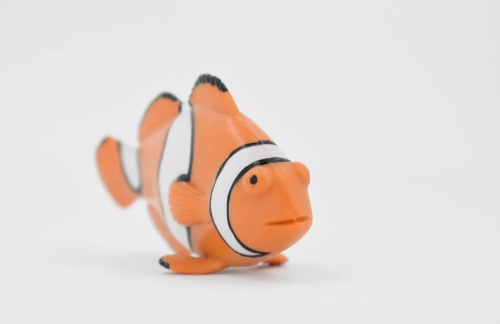Clownfish are loved by people as a charismatic Marine creature. In recent years, with the in-depth study of its ecological characteristics, clownfish models have gradually attracted the attention of scientists. This model not only facilitates biological research, but also opens up new opportunities in areas such as ecological conservation and aquaculture.
Clownfish live mainly in tropical coral reefs, where they form a symbiotic relationship with anemones. The anemone provides shelter for the clownfish, while the clownfish repels predators and provides nutrients for the anemone. This interdependent relationship constitutes a complex ecosystem, and studying clownfish behavior and survival strategies can help people understand the key to ecological balance.
The clownfish model allows researchers to observe the response of clownfish by simulating different environmental variables. By changing water temperature, salinity, light and other factors, researchers can analyze clownfish growth, reproduction, and behavioral changes. This experiment not only reveals the clownfish's habits, but also provides a reference for dealing with the effects of climate change.
In addition, clownfish models have also played an important role in aquaculture. By establishing standardized farming models, farmers can better control water quality and the environment, and improve the survival and reproductive rate of clownfish. At the same time, the use of the model for disease prevention and control research can also provide effective solutions for the aquaculture of clownfish, thereby enhancing the sustainable development of the industry.

